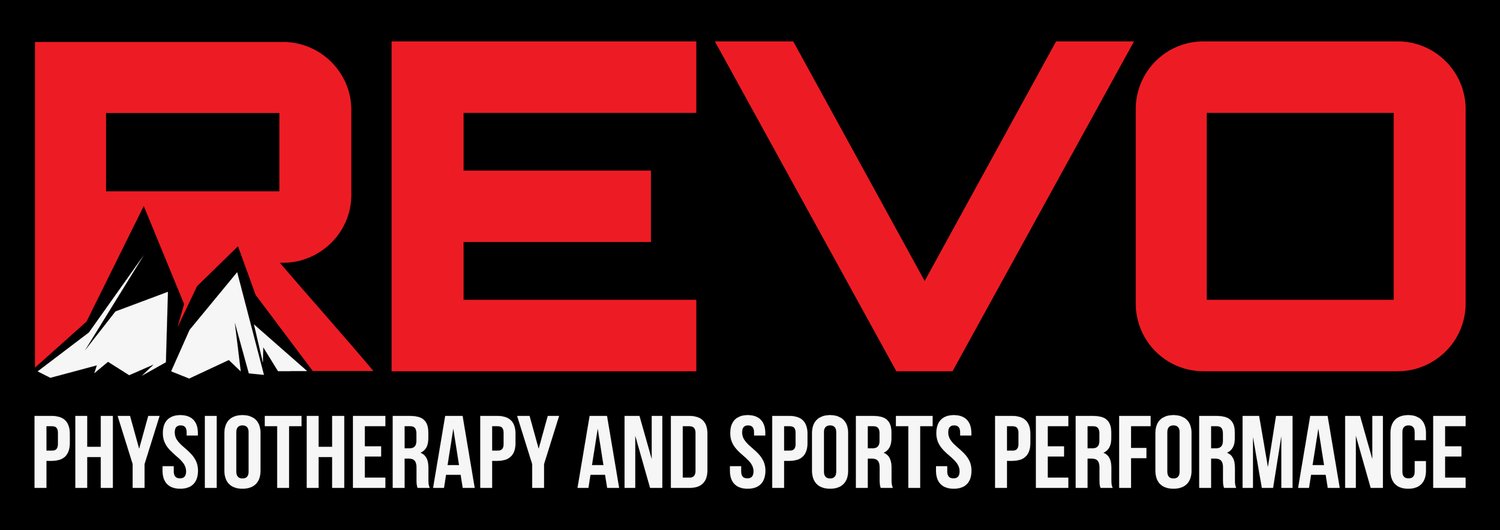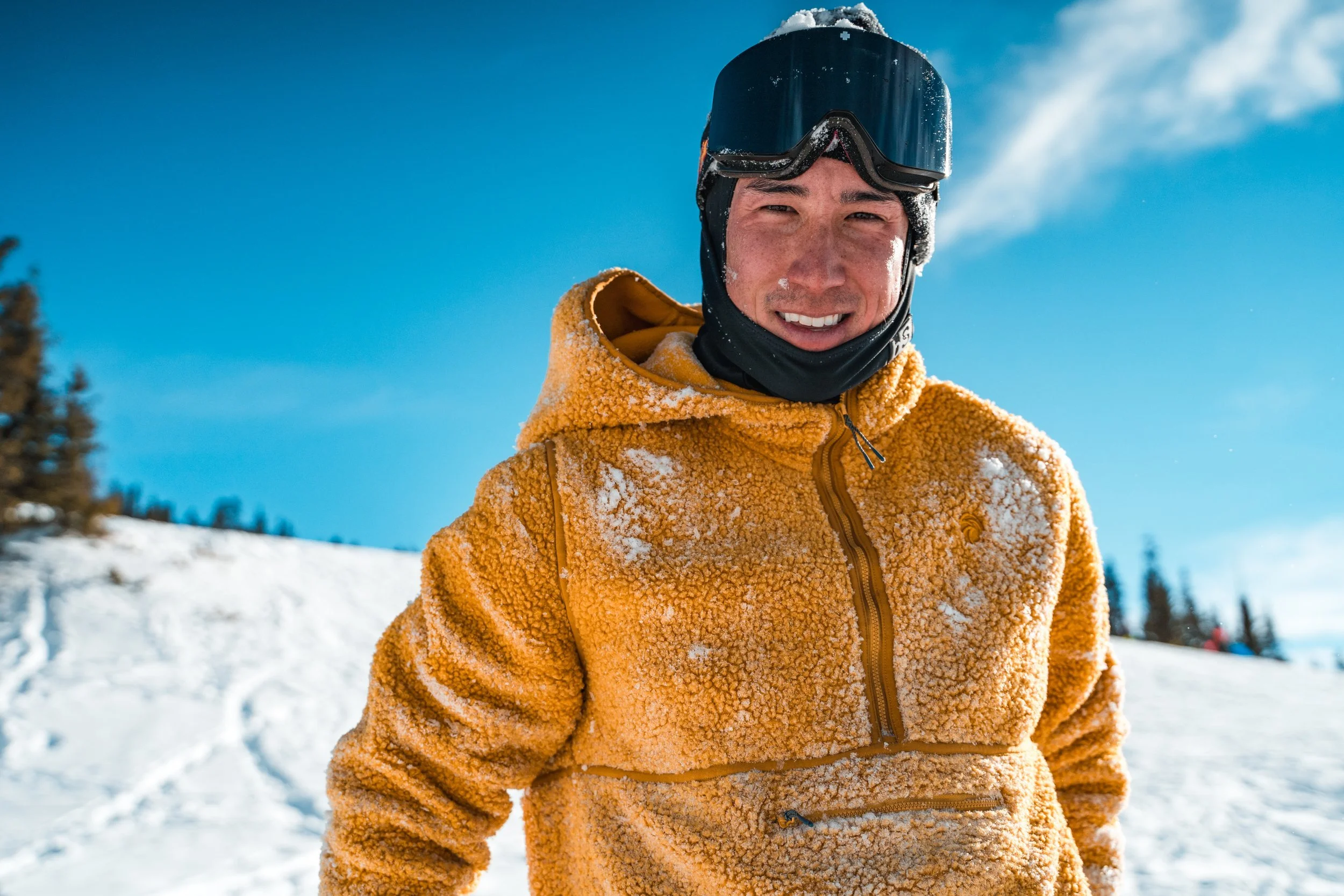Understanding Power for Mountain Bikers: More than just your legs
The demands of mountain biking and road biking are vastly different and this should be reflected in the strength and conditioning work. Mountain biking requires explosive strength, core stabilization, and the ability to maneuver around the bike. In contrast, road biking requires speed, endurance, and efficiency. Both disciplines require sustained power output and endurance, but the upper body power demands of mountain biking are much higher.
Notice the training effects on the physiology of these elite cycling athletes.
Tadej Pogačar the 2024 winner of the Tour De France.
Richie Rude, the 2024 Enduro World Series Champion.
Power is the rate at which work is done or the ability to exert force quickly. Power = Force x Velocity.
When looking at road cycling, we typically refer to power as the workload coming from your body to propel the bike forward. There are two ways to increase power using our equation, increase the force applied to the pedals or increase the speed of the cranks. With mountain biking, power needs to come from more than just our legs.
Now let's talk about power in athletics outside cycling. Power is typically defined as generating the most force in the shortest amount of time. Think about a football lineman exploding off the line or a boxer throwing a left hook. They need to generate maximum strength instantaneously. This is an attribute we also need as mountain bikers, whether you're hammering downhill runs or trying to PR at your next XC race.
During a mountain bike ride you can typically find obstacles, jumps, drops, and berms all of which require power to effectively navigate. Bunnyhopping or pulling up and over logs requires power-clean type movement and quick force production from the posterior chain. Landing a drop or pumping down a roller needs power generation similar to a heavy bench press or a clap push up. Falling off the bike and being able to generate power can be the difference between a bruise and a fracture.The ability to produce power in the gym will translate to your ability to meet the demands of mountain biking, get faster, and ride longer.
Key Takeaways: Power for mountain bike athletes is more than just the watts your garmin is showing you. It is important to train power with your entire body to improve performance and reduce chances of injury. Improving your upper body power will help you generate speed on the trail and reduce fatigue. Make sure to find trainers or coaches that understand the demands of mountain biking and don’t neglect power movements in your resistance training.






